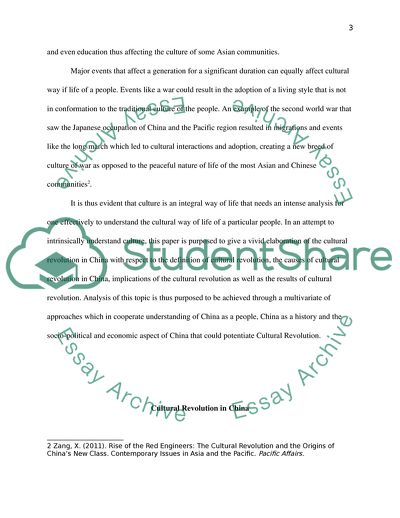Cite this document
(Cultural Revolution in China Case Study Example | Topics and Well Written Essays - 2750 words, n.d.)
Cultural Revolution in China Case Study Example | Topics and Well Written Essays - 2750 words. https://studentshare.org/history/1866120-the-cultural-revolution-in-china
Cultural Revolution in China Case Study Example | Topics and Well Written Essays - 2750 words. https://studentshare.org/history/1866120-the-cultural-revolution-in-china
(Cultural Revolution in China Case Study Example | Topics and Well Written Essays - 2750 Words)
Cultural Revolution in China Case Study Example | Topics and Well Written Essays - 2750 Words. https://studentshare.org/history/1866120-the-cultural-revolution-in-china.
Cultural Revolution in China Case Study Example | Topics and Well Written Essays - 2750 Words. https://studentshare.org/history/1866120-the-cultural-revolution-in-china.
“Cultural Revolution in China Case Study Example | Topics and Well Written Essays - 2750 Words”. https://studentshare.org/history/1866120-the-cultural-revolution-in-china.


